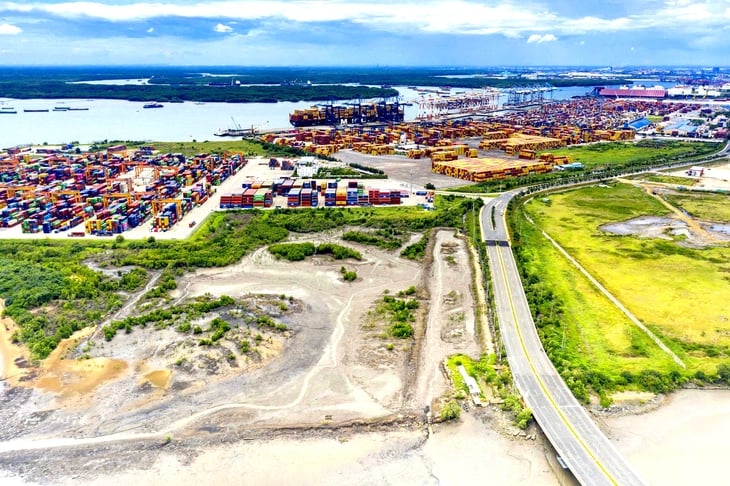
Developing seaport infrastructure and metro lines are projects that businesses have proposed to invest in. In the photo: Cai Mep - Thi Vai port cluster - Photo: QUANG DINH
On October 10, the first forum "Vietnam Private Economic Panorama" in 2025 (ViPEL 2025) with the theme "Public - Private cooperation to build a strong and prosperous nation" was held with the participation of Prime Minister Pham Minh Chinh.
Action to create miracles
Mr. Truong Gia Binh, Chairman of the Board of Directors ofFPT Corporation, shared the public-private model of nation building to create a mechanism for all economic sectors to accompany each other on the journey of national development. This model is built on the foundation of three "3 together" values for businesses to build the nation.
It is a business that shares the same aspiration to build the nation, works together and takes responsibility together. "If you go alone, your aspiration will be small.
But when we share our aspirations, act together and take responsibility together, that will be the strength to create new miracles for the country," Mr. Binh shared.
With the private sector's initiative to participate in the construction of many seaport, transportation, and energy infrastructure projects worth tens of billions of USD, Mr. Pham Quoc Long - Co-Chairman of ViPEL Committee 2, Deputy General Director of Gemadept Joint Stock Company - said that "the opportunity has come" and proposed to deploy the formation of a regional and world maritime and energy center in Ho Chi Minh City and an offshore wind power project.
Piloting a model of multimodal integration between port - industry - finance - technology, integrating technology, reducing logistics costs by implementing the project of Integrated Logistics Center for Industrial Parks in the Central region. At the same time, promoting the water transport project with Ha Nam canal in Hai Phong.
According to Mr. Long, with the international financial center and free trade zone of Ho Chi Minh City, the project is expected to bring in 2-3 billion USD in revenue each year, creating a sustainable source of income for the country.
If properly invested, the offshore wind power project in the Southern region will create a strategic leap for national energy security, helping Vietnam integrate into the global green economic trend.
To implement these large projects, Mr. Long hopes that the State will have a comprehensive and seamless planning mechanism to form large, modern centers. Realize Resolution 68 to protect and develop national private enterprises in key infrastructure.
Private enterprises commit to join in research, develop plans and strategies, proactively improve their capacity to become leading enterprises and commit to investing, raising the national position, promoting linkages, and joining efforts to cut logistics costs.
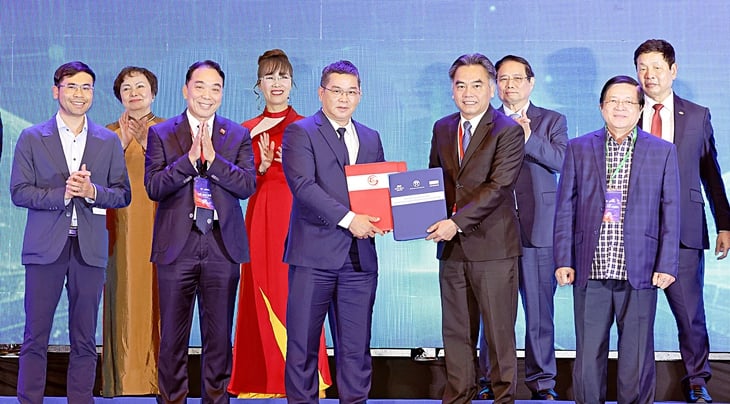
Vice Chairman of Ho Chi Minh City People's Committee Nguyen Loc Ha handed over the document approving the investment research policy of metro line 4 to the representative of Sovico Group - Photo: THANH THAO
Together we create value
In the field of finance, technology and innovation, billionaire Nguyen Thi Phuong Thao - member of the Executive Council of the Private Economic Panorama (ViPEL), co-chair of Committee 1, Chairwoman of the Board of Directors of Sovico Group - said that the trend of development and global technology explosion with the artificial intelligence (AI), semiconductor, drone/UAV, fintech, digital assets industries opens up a large space, is a "golden opportunity" for the emerging market of Vietnam.
However, Ms. Thao recognized four major barriers that need to be overcome: network bandwidth, data, and telecommunications infrastructure is still fragmented, lacking connectivity and secure sharing.
Institutional and legal requirements require open thinking that allows for experimentation, allows for mistakes and allows for innovation within a safe framework. Human resource development and capital supply needs, and the willingness to take risks.
To solve this problem, she believes that there needs to be real cooperation between the State and the whole society with new thinking to create value together.
That is to select leading enterprises to lead industries such as semiconductors, digital finance, and build shared infrastructure to activate and share risks in investment and operations.
Together, let's bring Vietnamese technology products to the world. The goal is to quickly bring Vietnam into the group of technology-creating countries, instead of just being a technology consumer.
From employee to owner
In the manufacturing industry, Mr. Vu Van Tien, Chairman of the Board of Directors of Geleximco Group, expressed concern that Vietnam's localization rate is very low. For example, the machinery and equipment sector only reaches 25 - 35%; chemicals and materials reach nearly 30%; and the automobile and spare parts industry only reaches 5 - 20%.
With low added value, dependence on FDI when more than 70% of industrial exports belong to FDI, production is mainly in the processing stage, core technology is still weak, geopolitical risks, trade barriers pose to connectivity capacity, and innovation is limited.
Meanwhile, Vietnam has the opportunity to participate deeply in the value chain, develop supporting industries, and improve domestic production capacity.
Therefore, Mr. Tien proposed forming an alliance of Vietnamese supporting manufacturers with a program to increase the localization rate and supporting production capacity of Vietnamese enterprises to connect the strength of the manufacturing industry, increase the localization rate and meet international standards, creating a solid foundation for the manufacturing industry to be self-reliant and develop sustainably.
To implement the program of increasing the localization rate for the industry, which could reach hundreds of billions of USD, Mr. Tien proposed building a favorable policy environment.
Prioritize the selection, investment, and support of projects, access to capital, tax incentives, human resource training, and technology transfer; establish flexible monitoring, feedback, and problem-solving mechanisms. Proactively link, cooperate, and invest in technological innovation, digital and green transformation, and R&D.
Hoping that the formation of this alliance will help businesses have the opportunity to change from being employees to being owners, Ms. Tran Thi Thu Trang, Chairwoman of Hanel PT New Generation Technology Joint Stock Company, told her own story: From an electronic components processing enterprise for foreign enterprises, she invested in developing her own brand.
More than 10 years ago, this company used profits from the electronics sector to invest in R&D, hiring experts to develop fruit and vegetable dryer products.
In fact, although the project "cost" a lot of money, many people advised "why spend so much money, when will there be any profit", but with perseverance, up to now the product not only meets the domestic demand for agricultural machinery but is also exported abroad.
According to Ms. Trang, investing in R&D will be an opportunity for businesses to break through, increase the localization rate and transition to the role of mastering technology and production chains.
"For us, this game is not just about how much money we make, but more importantly, it is about elevating corporate culture, mission, vision, and spirit of nation building," Ms. Trang shared.
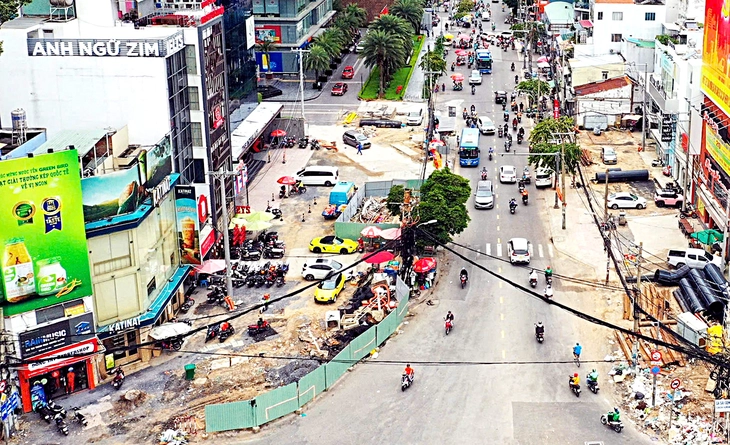
The site of Cach Mang Thang Tam Street has been cleared, ready for the construction of metro line 2 Ben Thanh - Tham Luong - Photo: TRI DUC
Many registered projects, joint ventures and cooperation
Launching the Vietnam Low-Altitude Economic Alliance (LAE) and strategic cooperation between the alliance and Ho Chi Minh City.
Signing of cooperation agreement between Ho Chi Minh City People's Committee and Sovico Group on developing urban railway line - metro line No. 4.
Launching ceremony of "Vietnam Supporting Manufacturers Alliance" and launching the Program "Increasing the localization rate and supporting production capacity of Vietnamese enterprises in the period 2025 - 2030".
Signing of a pilot model of public-private cooperation for nation building 2025 - 2026 between Hanoi, Sovico, and UNESCO in developing a creative capital based on heritage and traditional values.
Mr. Nguyen Hai Ninh (Minister of Justice):
Proactive policy contribution
I am very impressed with the name of the public-private co-building nation model, which sounds very strange, showing the excitement of the business.
The role of the legal system has never been as important as it is today, when the General Secretary and Prime Minister directly direct this issue, exchange, meet, and discuss to remove legal difficulties.
For a long time, the Government has received recommendations from businesses on specific problems in legal regulations. However, in order to combine public and private sectors, ViPEL needs to gather businesses to have a more comprehensive and objective voice, to propose specific legal problems, and to solve specific problems.
The desire to have production infrastructure is a large enough land fund.
Mr. Luong Duc Thu, Chairman of the Board of Directors of Automech Mechanical Equipment and Solutions JSC, shared that businesses desire to have a production infrastructure with a large enough land fund.
Because if you spend money to buy land for industrial purposes, it will be very risky, when the business lacks capital, needs a large capital demand but is difficult to access because of mortgage requirements. Land prices up to 120 - 150 USD/m2 make investment extremely difficult.
Citing evidence from the industry, Mr. Thu said that there were businesses that spent all their money on buying land and building factories, but then... ran out of money, so they had to choose the option of leasing.
Therefore, in reality, Automech Company had to guarantee many small and medium-sized business partners with its own reputation and resources so that businesses could borrow capital and access land.
Mr. Nguyen Van Hung (Chairman of Becamex Group):
"Role sharing" to make big projects come true
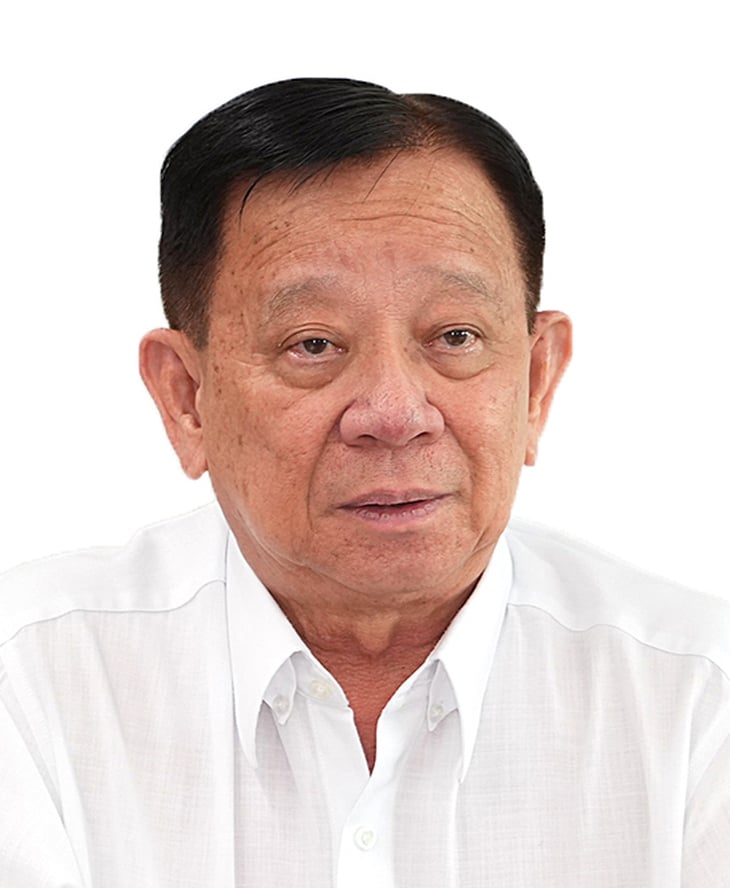
Currently, Ho Chi Minh City leaders are assigning Becamex Group to research many large projects such as the railway line specializing in transporting goods between Bau Bang - Cai Mep Thi Vai port, the Ho Chi Minh City - Can Tho railway, as well as metro lines carrying passengers connecting Ho Chi Minh City and Binh Duong area.
These are large projects that require careful research, finding ways to cooperate, "dividing roles" between the State and businesses, and joining forces between the business community.
To reach 2030, we must have investors and quickly bring projects into reality; otherwise, if we let it drag on for another 20-30 years, it will be very difficult and we will lose development opportunities.
Experience in investing in many large infrastructure and transportation projects such as National Highway 13 and My Phuoc - Tan Van road connecting Ho Chi Minh City and Binh Duong province (old) shows that it is effective if the roles are divided smoothly between the State and enterprises.
The State creates the mechanism and clears the land, while the enterprise builds, transfers or operates. Thanks to this method, the budget is "shared", and the projects are also implemented quickly and effectively.
The upcoming freight and passenger railways in Ho Chi Minh City are all major projects. In addition to the cooperation mechanism between the State and enterprises, there also needs to be a "role division" and sharing mechanism between the business community.
For example, in the initial stage, there may be cooperation from foreign investors to do certain tasks, and which tasks will have the participation and cooperation of domestic enterprises.
For urban railway lines with large investment costs, if only selling tickets will not be able to recover capital and will have difficulty attracting investors.
If the railway is developed according to the TOD model (urban development associated with public transport), exploiting land funds along the metro line, with clear mechanisms... then the projects will certainly be more feasible and attract investors.
Mr. Trinh Tien Dung (Chairman of Dai Dung Group):
Need special policies
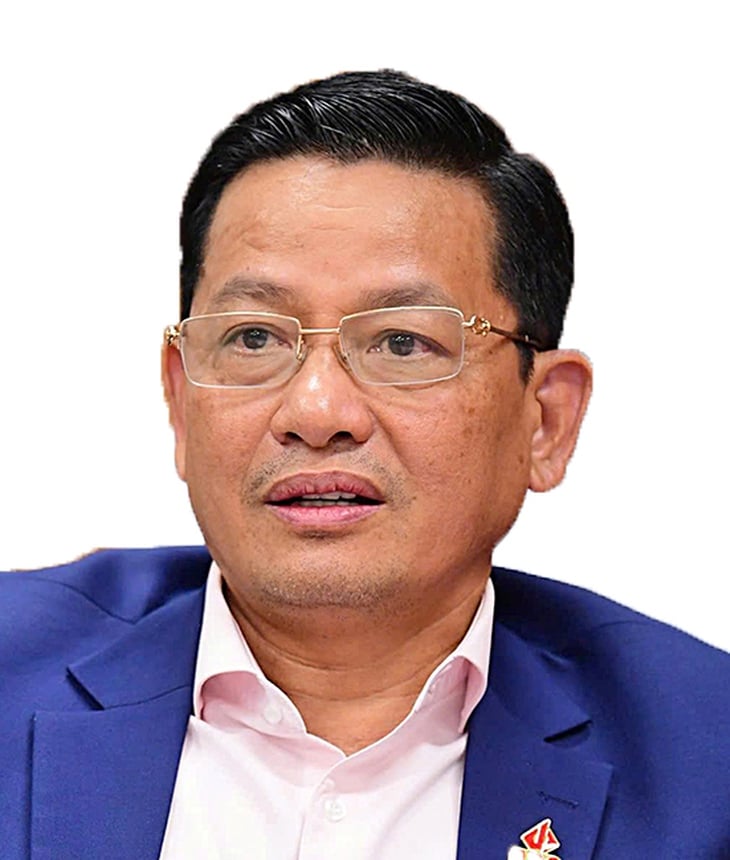
We need to have specific policies to mobilize qualified Vietnamese enterprises to participate in the construction of major national projects.
Firstly, to enhance self-sufficiency, it is necessary to boldly assign domestic contractors to master technology and processes.
Importing equipment from many different countries makes maintenance, warranty and future inventory purchases extremely costly.
It is necessary to use a uniform standard, according to British, Japanese or Chinese standards, but only one standard and Vietnam must master the technology.
Second, regarding investment, there needs to be a mechanism for assigning or appointing contractors to domestic contractors. At the same time, project assignment must be consistent, without change or withdrawal between terms. If there is no consistency, investing enterprises "will die" and Vietnam cannot have core technology.
Third, it is necessary to hire international professional project management units to synthesize contractors; ensure safety, quality and progress. The State should closely monitor but should not participate in project management operations.
Fourth, it is necessary to allow private investment in many forms of public-private partnership, which can be BOT or BT, with flexible payment methods such as partial payment in cash, payment in land, or payment in bonds.
Regarding capital, financial resources in society and from international financial institutions are huge, Vietnam lacks mechanisms but not money.
In my opinion, the State needs to organize contractors to sit together, join forces to do big things for the State, take advantage of the strengths of each unit (for example, Hoa Phat in steel, Truong Hai in train cars, Dai Dung in structure, Viettel and FPT in technology, Coteccons, CC1, Deo Ca in construction).
There should be 5-10 leading enterprises as the core and smaller enterprises as subcontractors. This leading group should be assigned to carry out all projects to synchronize equipment, technology and connections because this is a project serving the public and people.
NGOC AN - NGOC HIEN - BA SON
Source: https://tuoitre.vn/doanh-nhan-viet-dua-loat-sang-kien-dat-hang-muon-cong-tu-dong-kien-quoc-20251011083210337.htm






![[Photo] Dan Mountain Ginseng, a precious gift from nature to Kinh Bac land](/_next/image?url=https%3A%2F%2Fvphoto.vietnam.vn%2Fthumb%2F1200x675%2Fvietnam%2Fresource%2FIMAGE%2F2025%2F11%2F30%2F1764493588163_ndo_br_anh-longform-jpg.webp&w=3840&q=75)

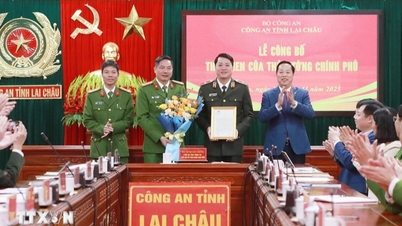

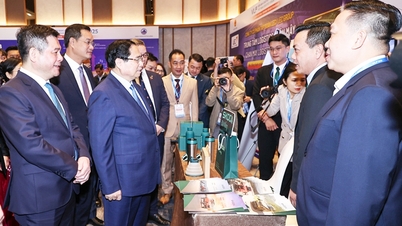

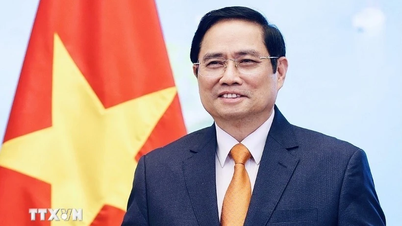

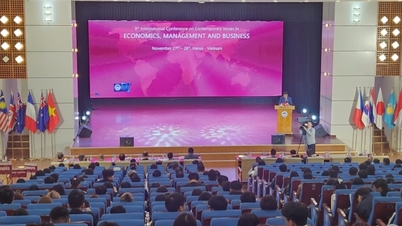

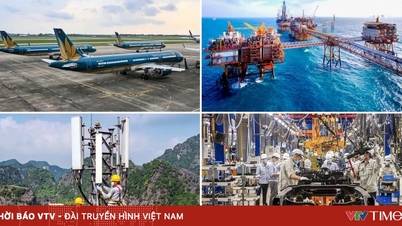

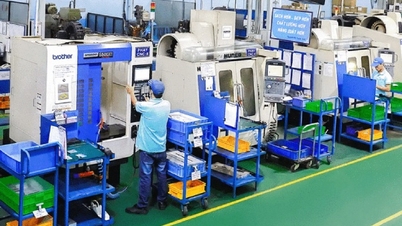







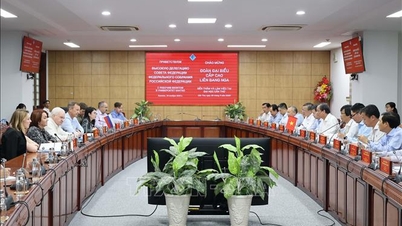






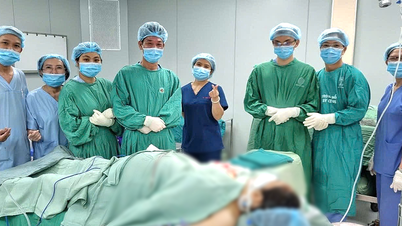








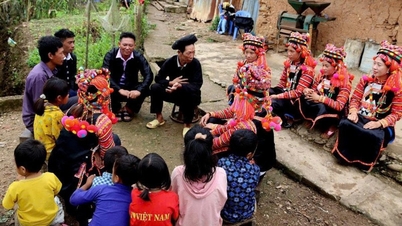

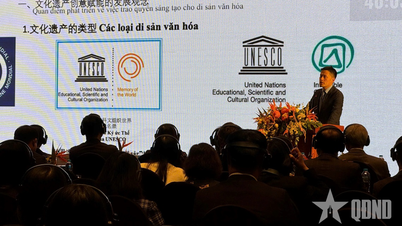

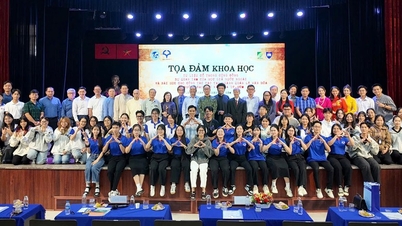







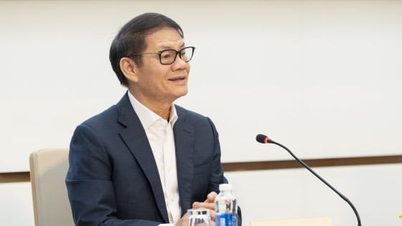



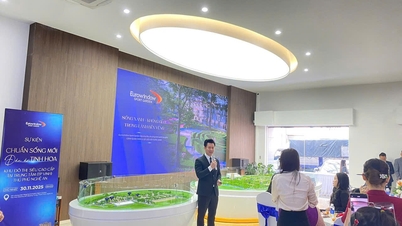















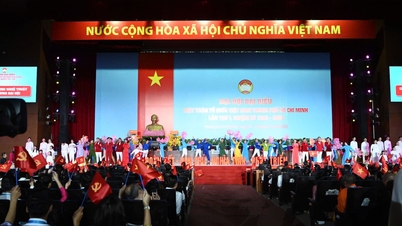



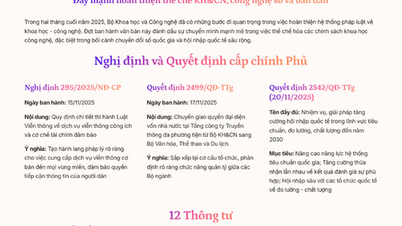

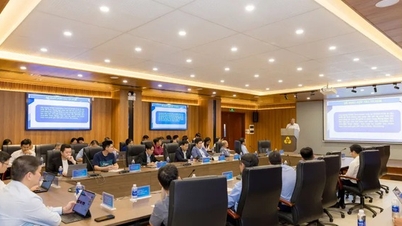
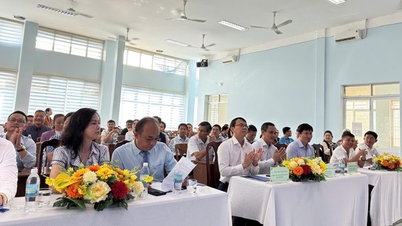
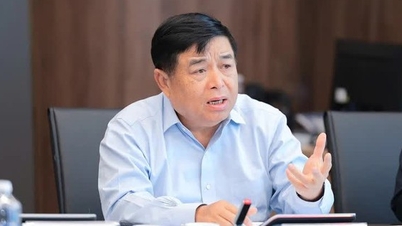
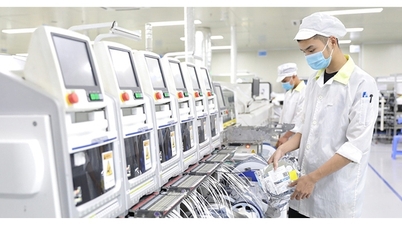
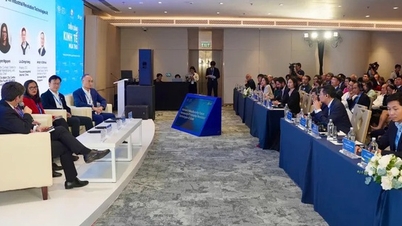
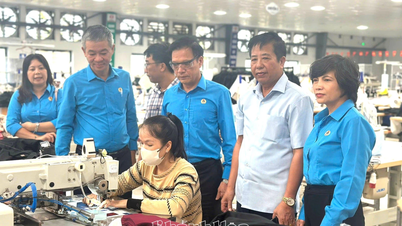

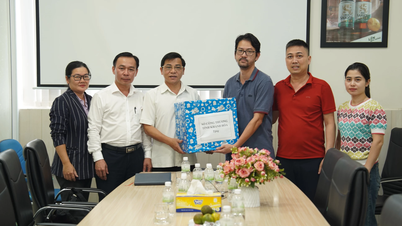
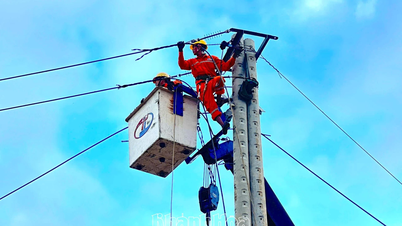
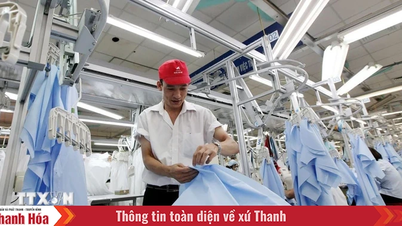

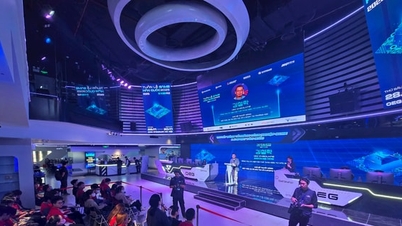

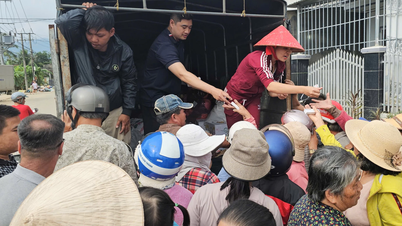











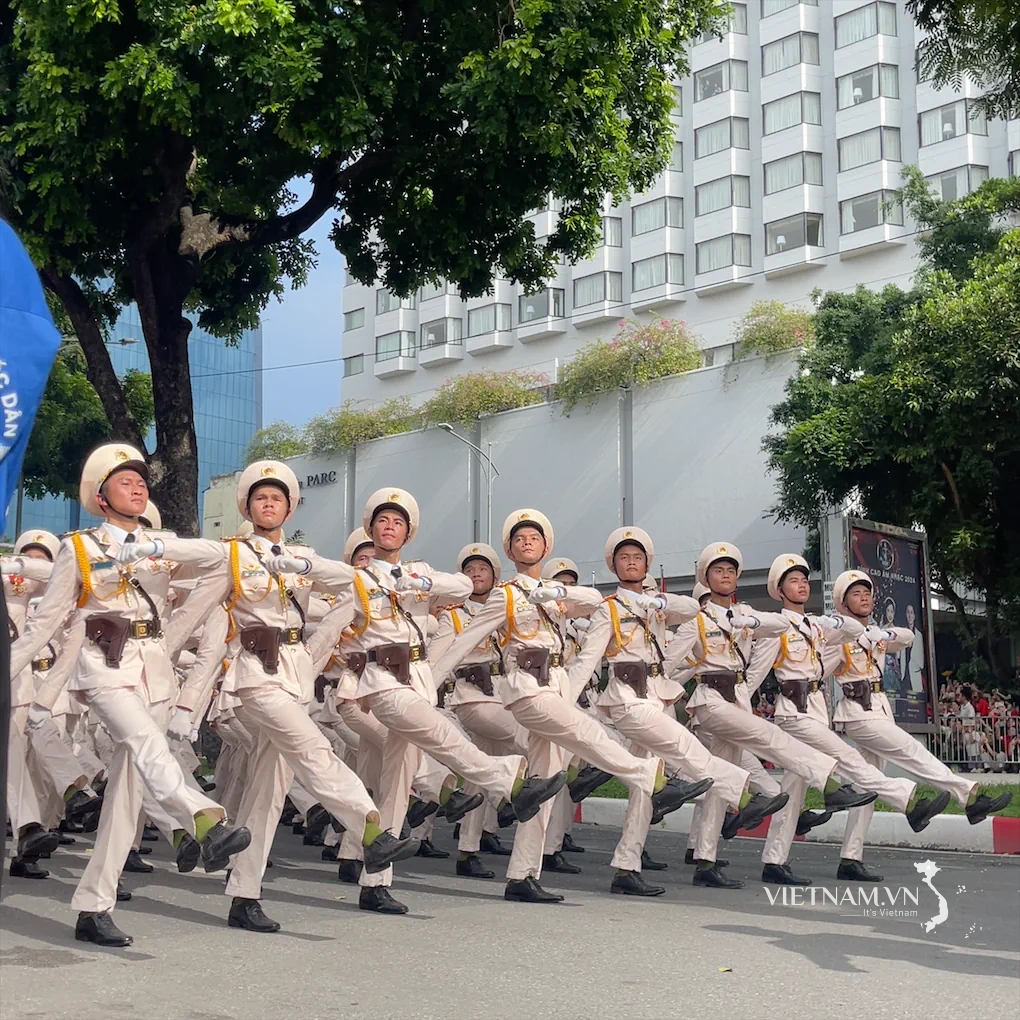
Comment (0)